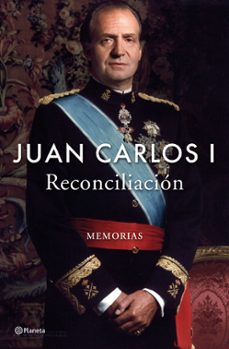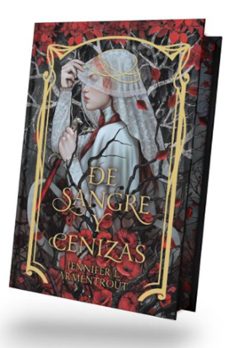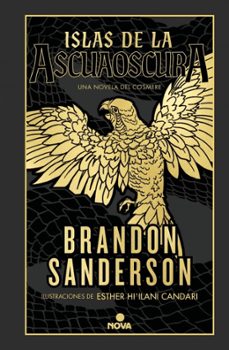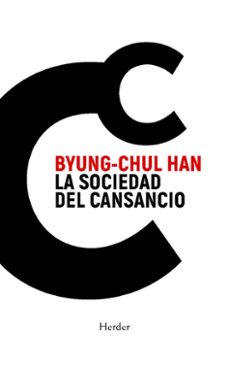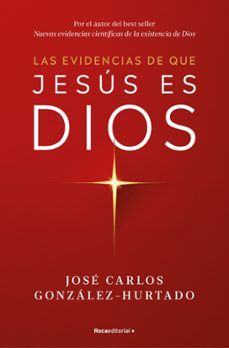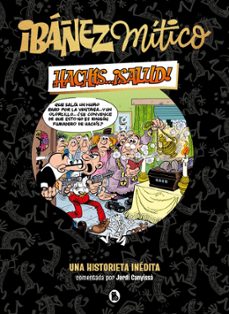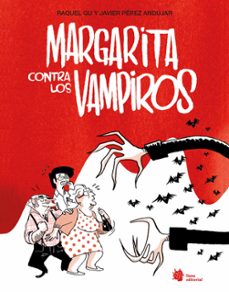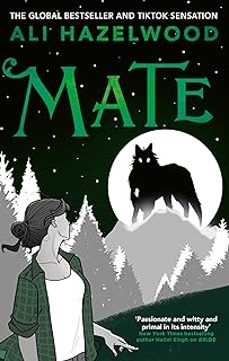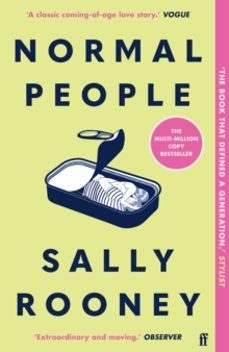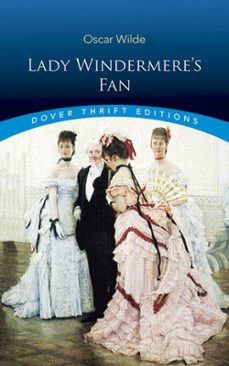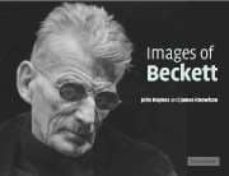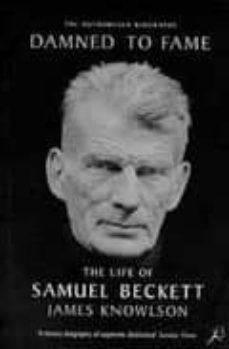Imprescindibles
Ficción
No Ficción
Ciencias y tecnología Biología Ciencias Ciencias naturales Divulgación científica Informática Ingeniería Matemáticas Medicina Salud y dietas Filología Biblioteconomía Estudios filológicos Estudios lingüísticos Estudios literarios Historia y crítica de la Literatura
Humanidades Autoayuda y espiritualidad Ciencias humanas Derecho Economía y Empresa Psicología y Pedagogía Filosofía Sociología Historia Arqueología Biografías Historia de España Historia Universal Historia por países
Infantil
Juvenil
#Jóvenes lectores Narrativa juvenil Clásicos adaptados Libros Wattpad Libros Booktok Libros de influencers Libros de Youtubers Libros Spicy Juveniles Libros LGTBIQ+ Temas sociales Libros ciencia ficción Libros de acción y aventura Cómic y manga juvenil Cómic juvenil Manga Shonen Manga Shojo Autores destacados Jennifer L. Armentrout Eloy Moreno Nerea Llanes Hannah Nicole Maehrer
Libros de fantasía Cozy Fantasy Dark academia Hadas y Fae Romantasy Royal Fantasy Urban Fantasy Vampiros y hombres lobo Otros Misterio y terror Cozy mistery Policiaca Spooky Terror Thriller y suspense Otros
Libros románticos y de amor Dark Romance Clean Romance Cowboy Romance Mafia y amor Romance dramatico Romcom libros Sport Romance Otros Clichés Enemies to Lovers Friends to Lovers Hermanastros Slow Burn Fake Dating Triángulo amoroso
Cómic y manga
Novela gráfica Novela gráfica americana Novela gráfica europea Novela gráfica de otros países Personajes, series y sagas Series y sagas Star Wars Superhéroes Cómics DC Cómics Marvel Cómics otros superhéroes Cómics Valiant
eBooks
Literatura Contemporánea Narrativa fantástica Novela de ciencia ficción Novela de terror Novela histórica Novela negra Novela romántica y erótica Juvenil Más de 13 años Más de 15 años Infantil eBooks infantiles
Humanidades Autoayuda y espiritualidad Ciencias humanas Economía y Empresa Psicología y Pedagogía Filosofía Historia Historia de España Historia Universal Arte Cine Música Historia del arte
Ciencia y tecnología Ciencias naturales Divulgación científica Medicina Salud y dietas Filología Estudios lingüísticos Estudios literarios Historia y crítica de la Literatura Estilo de vida Cocina Guías de viaje Ocio y deportes
JAMES KNOWLSON
Recibe novedades de JAMES KNOWLSON directamente en tu email
Filtros
Del 1 al 5 de 5
CAMBRIDGE UNIVERSITY PRESS 9780521822589
Images of Beckett combines John Haynes' unique repertoire of photographs of Beckett's dramatic opus alongside three newly written essays by Beckett's biographer and friend, James Knowlson. Haynes captures images of Beckett's work in progress and performance and includes hitherto unknown portraits of Beckett himself. Haynes was privileged to be present at the Royal Court Theatre, London, when Beckett directed his own plays. Amongst the 75 plates are compositions that include the leading interpreters of the plays. Knowlson's first essay combines a verbal portrait of Beckett with a personal memoir of the writer; the second considers the influence of paintings that Beckett loved or admired on his theatrical imagery; and the third offers a detailed, often first-hand, account of Beckett's work as a director of his own plays. The essays are the result of personal conversations with Beckett and attendance at rehearsals, and provide a privileged glimpse into the world of one of the theatre's most influential and enduring playwrights.
Ver más
Tapa dura
ACTES SUD 9782742720453
Samuel Beckett est né le 13 avril 1906 à Dublin, dans une famille irlandaise protestante. Après des études de français, il arrive à Paris, en 1928, en qualité de lecteur d'anglais rue d'Ulm. C'est à cette occasion qu'il fait la connaissance de James Joyce, et c'est en partie sous son influence qu'il choisit de devenir écrivain. Polyglotte, passionné par les langues, il traduit du français ou de l'italien en anglais (il relira Dante jusqu'à la fin de ses jours), s'intéresse à la philosophie, écrit de la poésie que publie Nancy Cunard. En 1938, tandis que son roman Murphy est édité — sans succès — à Londres, il commence à écrire en français et choisit de s'installer en France. Membre actif de la Résistance au cours de la dernière guerre, il échappe de peu, avec sa compagne Suzanne Deschevaux-Dumesnil, à la Gestapo qui a démantelé le réseau auquel il appartient. Si quelques nouvelles en français sont publiées après la guerre, il faudra attendre 1950 pour que Jérôme Lindon lise "Malone meurt", "L'Innommable" et "Molloy", et les publie aux Editions de Minuit, inaugurant ainsi une relation exemplaire entre un éditeur et un auteur. "En attendant Godot" paraît en 1952 et marque le début d'une extraordinaire aventure théâtrale, qui se déroulera avec sa participation active. Prix Nobel de littérature en 1969, il reste fidèle, sans rien changer à son mode de vie, à des engagements qu'il juge essentiels. Et de la même façon qu'il est intervenu pendant la guerre d'Algérie, il prend au nom des droits de l'homme la défense des peuples opprimés d'Europe de l'Est et de dissidents tel Václav Havel. Reconnu dans le mond
Ver más
Tapa blanda
BLOOMSBURY PUBLISHING LTD. 9780747531692
Samuel Beckett's long-standing friend, James Knowlson, recreates Beckett's youth in Ireland, his studies at Trinity College, Dublin in the early 1920s and from there to the Continent, where he plunged into the multicultural literary society of late-1920s Paris. The biography throws new light on Beckett's stormy relationship with his mother, the psychotherapy he received after the death of his father and his crucial relationship with James Joyce. There is also material on Beckett's six-month visit to Germany as the Nazi's tightened their grip. The book includes unpublished material on Beckett's personal life after he chose to live in France, including his own account of his work for a Resistance cell during the war, his escape from the Gestapo and his retreat into hiding. Obsessively private, Beckett was wholly committed to the work which eventually brought his public fame, beginning with the controversial success of "Waiting for Godot" in 1953, and culminating in the award of the Nobel Prize for Literature in 1969. James Knowlson is the general editor of "The Theatrical Notebooks of Samuel Beckett".
Ver más
Tapa blanda
TOUCHSTONE (SIMON & SCHUSTER) 9780684808727
Tapa dura
Del 1 al 5 de 5

